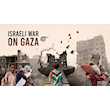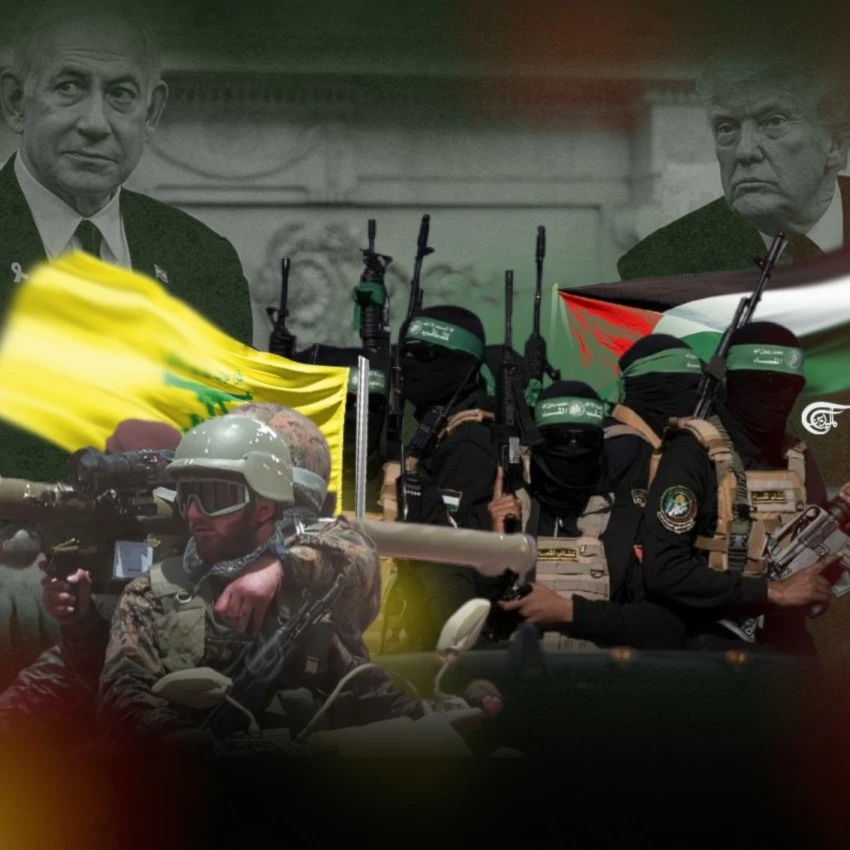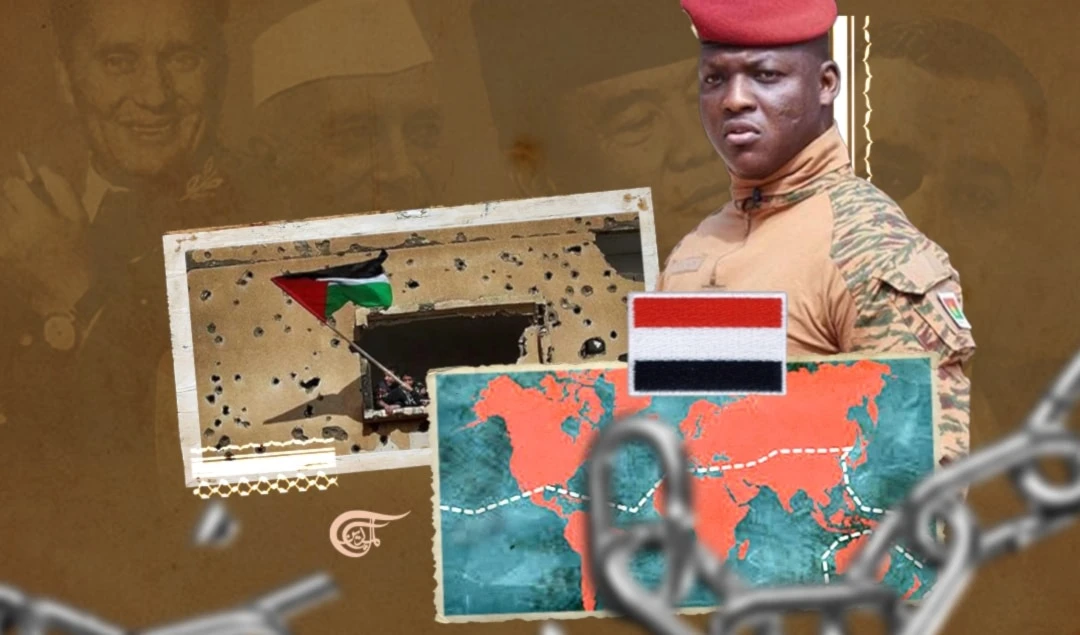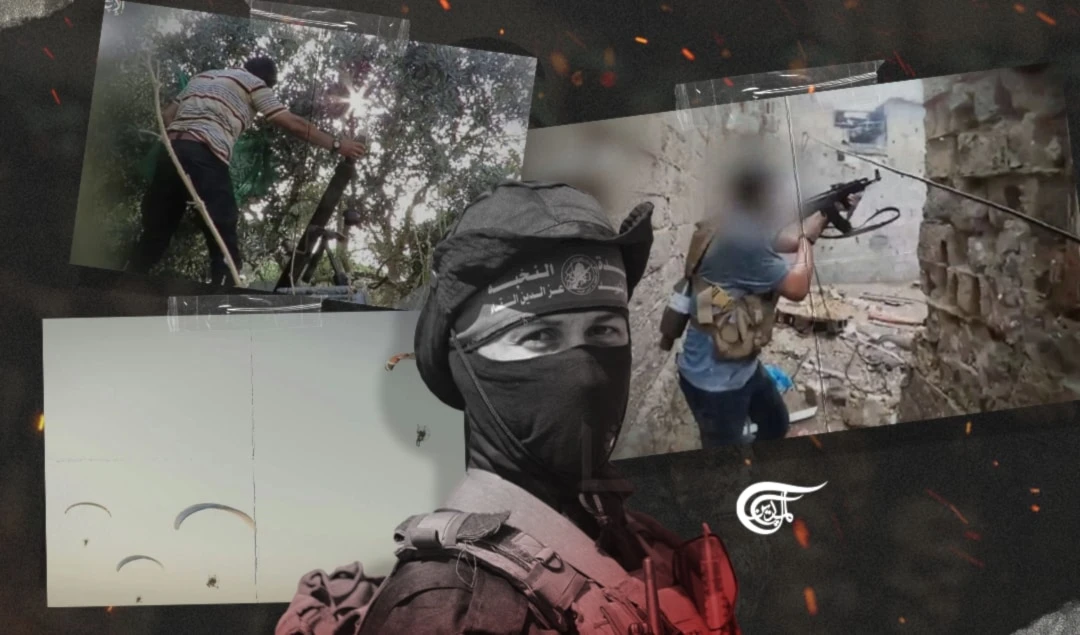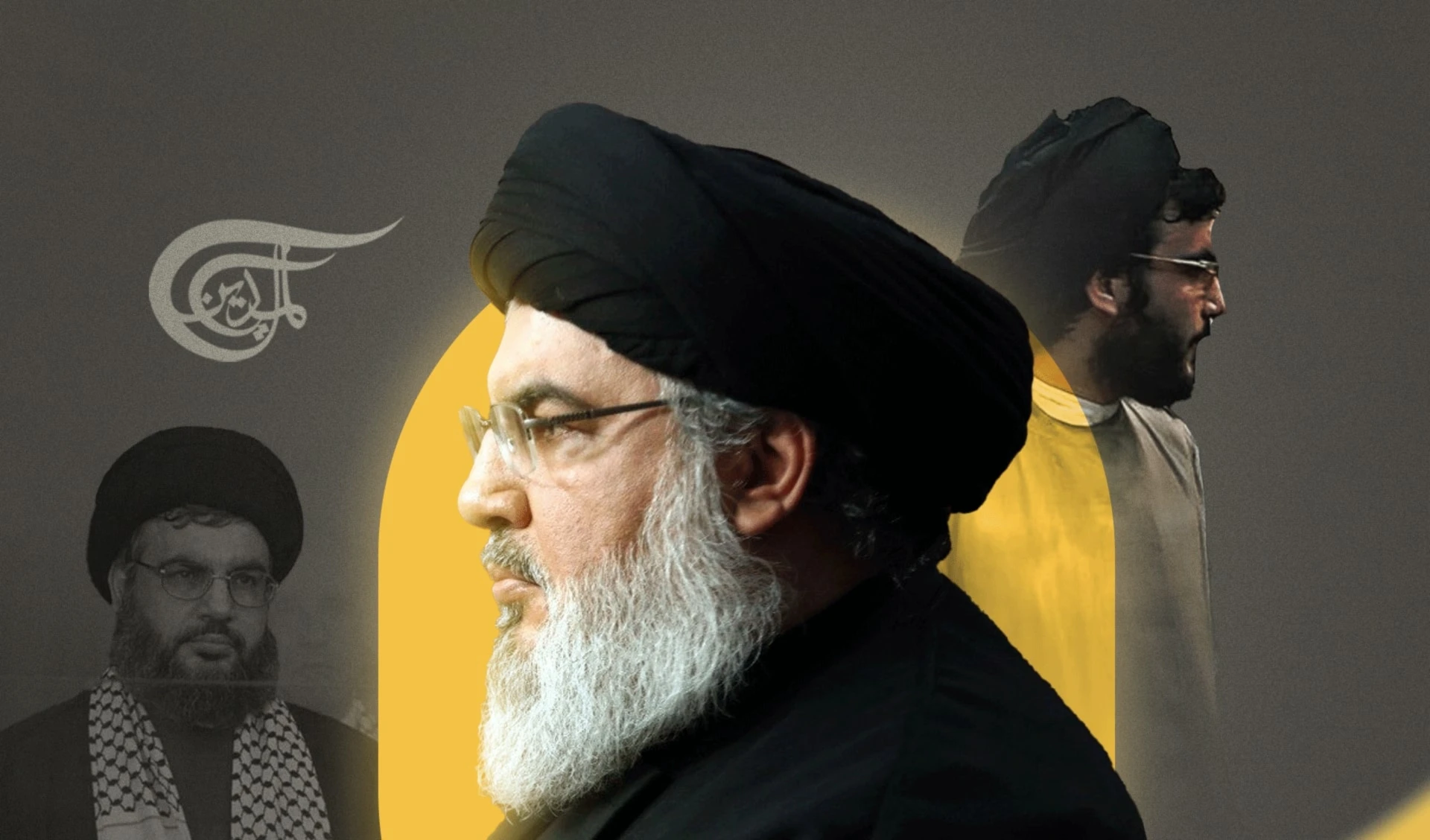The Axis of Resistance: Like seeds in the soil
Rebuilding and construction also goes beyond aid to families of the martyrs, but also to rebuilding vital infrastructure.
-

The Axis of Resistance: Like seeds in the soil (Illustrated by Hadi Dbouk to Al Mayadeen English)
While I write this article, I am in mourning for the almost 40,000 Palestinians murdered by the fascist Zionist regime in the last 5 months. Because of Zionist colonialism and some members of my family refusing to give up their Palestinian IDs, I have never stepped foot in our beloved homeland. From exile, I wonder how many of these 40,000 are distant cousins or a hypothetical friend with whom I could have gotten a coffee on the beaches of Haifa.
While many articles written on Al Mayadeen and other platforms have exposed and highlighted the brutality of the Zionist occupiers and their American masters, I want to take this opportunity to expose the humanity and fraternal conduct of members of the Axis of Resistance throughout the history of this network of organizations seeking to liberate West Asia. It came to me to write this as I read Aurelie Daher’s masterful history book: Hezbollah: Mobilisation and Power. In this book, Daher shows that the first steps of resistance in Lebanon were not conducting military operations against the Zionists, but building bonds with the masses. In these times when work must be done outside of Palestine as well as in it, I also frequently think of the late Chairman Mao’s dictum that ‘the communists are the seeds, and the people are the soil’.
In the case of Lebanon and the building of the resistance, Chairman Mao’s statement took on a literal meaning, despite the nominal anti-communism of many Islamic groups. After the victory of the Islamic revolution in Iran, and the collective decision to bring Iranian aid to Lebanon after the Israeli invasion in 1982, the Pasdaran (Iranian Revolution Guard Corps as they are more popularly known) arrived and began to integrate themselves into the slow, pastoral life of the Bekaa Valley and idyllic pastures of southern Lebanon. According to Daher:
During the first half of the 1980s the Pasdaran were thus seen working on the land alongside the peasants and field workers of the north Bekaa, sowing, reaping, and helping farmers raise cattle and sheep…it was not so much that revolutionary Islam was broadcast in the mosques but rather that it demonstrated in the fields, by fighters with rolled up sleeves and scythes in hand, illustrating the theory with hands-on practice.
This collective action and work crystallized in Imam Khomeini’s advice that although the original members of the Islamic Resistance in Lebanon (IRL) might not see the fruits of their labor in their lifetimes, that ‘what matters is to work’. While the late 1980s up until the present have shown the military prowess of Hezbollah and the IRL, defeating the Zionists in 2000 and 2006, it is again their social services which bring the masses to support them thoroughly.
Between 2000 and 2008, the Jihad al Bina (Developmental Association for the Construction Effort) trained over 50 paramedics, 40 electricians, and 42 carpenters. They have also rebuilt houses demolished by the Zionist military, especially those housing families of martyrs.
Rebuilding and construction also goes beyond aid to families of the martyrs, but also to rebuilding vital infrastructure. According to Daher, the Lijan al bi’a provides sanitation services to areas neglected by the government. Beyond this aid in the city centers, in the rural areas Lijan al bi’a has a technical institute which teaches courses on cultivating olives, tobacco, silkworms, and almond and apple trees. They have lend-lease programs where farmers can access machinery to aid in their cultivation efforts during the harvest season. Lijan al bi’a also “provides training in how to prune and vaccinate fruit trees, keep bees, farm fish, modern irrigation techniques and how to choose and use fertilizers”. What has been presented is the image of an Islamic resistance which has firm roots in the communities it protects. This same ‘culture of resistance’ is present in Palestine itself.
While it was frustration with the quietism and non-confrontational nature of the Muslim Brotherhood in Gaza which led to the creation of Hamas and PIJ, the social services rendered by the Islamic Resistance are another example of the symbiosis of resistance and the masses.
According to a 2005 article by Are Knudson:
There is no evidence that Hamas or the other Islamic charities provide assistance conditional upon political or religious support. Charity aid and zakat donations are preferentially distributed to widows, female-headed households or families of slain martyrs, as well as to orphaned children. In depth studies bear out the efficiency and professionalism in the service delivery of Islamic charities.
Much like Hezbollah, Hamas focuses their aid to the families of the martyrs as well as orphaned children. It is because of this that Hamas gained so much support, not only in the 2006 electoral victory but also in the present where Hamas is still seen as incorruptible when compared to the Palestinian Authority. The poll taken last December by the PCPSR revealed that 72% of Palestinians are happy with the role of Hamas in Palestine. As I stated above, scoring military victories cannot be the only reason for this. That is because it has taken years and years for
Hamas to achieve the military prowess they have today, but in the interim they have provided social services to the Palestinian people which are desperately needed after years of blockade.
This makes the Zionist desire to ‘destroy Hamas’ as a signal of ‘victory’ all the more untenable. The only way to ‘destroy Hamas’ is to entirely depopulate Gaza, which is the genocidal intent of the Zionist regime. Another claim by the Zionists is that of mass rapes by Hamas on October 7th and the accusation of maltreatment of POWs. Evidence came late last year when ‘Israeli’ captives were released in a prisoner swap and those same ‘Israelis’ commended the Islamic Resistance for treating them well and providing them with food and medicine. It is in fact the Zionists who are killing their own citizens, abusing and torturing Palestinian prisoners, and making our noble Palestinian women (and men) endure sexual violence.
This article has sought to humanize the Axis of Resistance, not only because they are some of the most lied-on people in recent history, but also because so much of our attention is spent viewing the rising death toll and catastrophic footage of destroyed homes, burnt corpses, and mutilated Arab children. We Palestinians are human beings. We are entitled to our land and all that it has to offer, for in the words of Mahmoud Darwish, ‘we have on this land what makes life worth living’.

 Hanna Eid
Hanna Eid
 6 Min Read
6 Min Read



